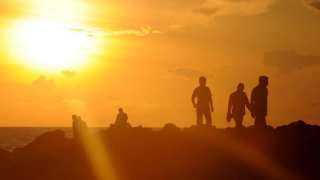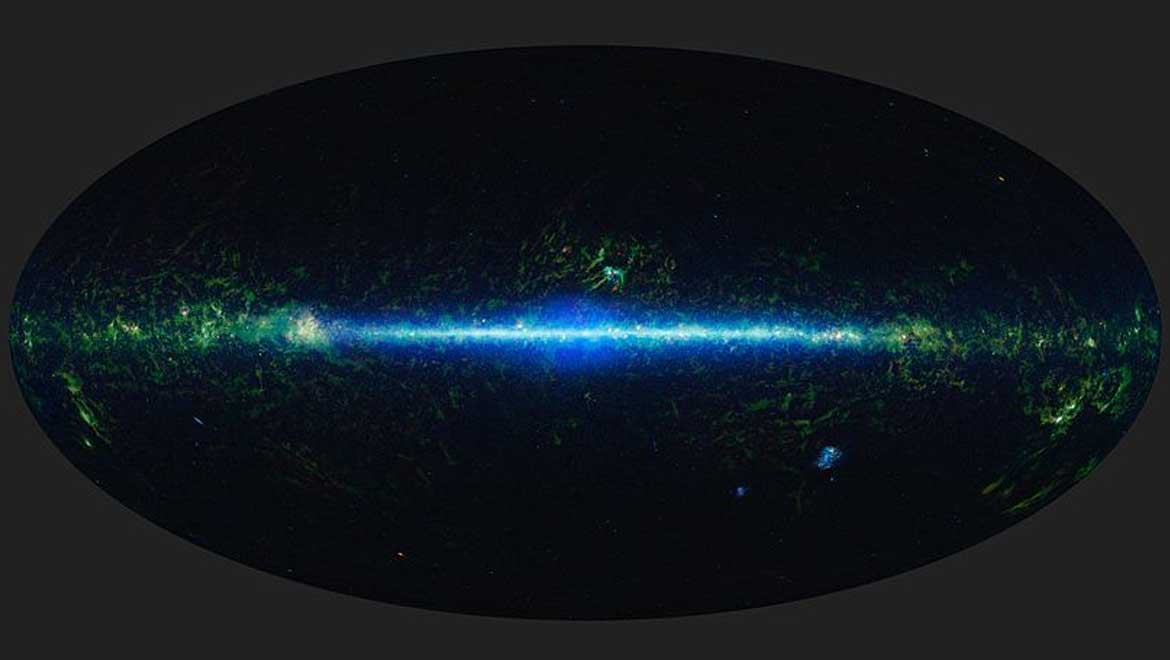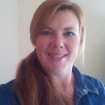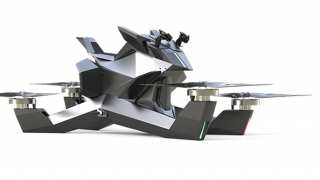A new camera called Mosaic-3 is in place at the Kitt Peak National Observatory in Arizona, and is now halfway through completing a two-year mission to record images of far-off galaxies and stars. The upgraded camera now includes light sensors developed at the U.S Department of Energy’s Lawrence Berkeley National Laboratory, making it one of the best tools we have to study outer space.
The Mosaic-3 upgrade is replacing an old camera which took twice as long to measure the same objects. The improvements were made possible by effectively rebuilding the whole camera. Charles Baltay, a physics professor from Yale University, led the work on the new camera. Cutting-edge sensors have been combined with a refurbished cryostat (used to maintain a supercool temperature) along with new light sensors and electronics.
The new charge-coupled devices (CCDs) which capture light, where supplied by Berkeley Lab, as was the readout system which translates this light into images. Yale University provided new mechanical components and software. Mosaic-3 has for CCDs, which measure 6 square inches each and contain 16 megapixels. It is the large size of the pixels and overall CCD size which are the key for providing a camera with the necessary power to gather the infrared wavelengths needed to build up accurate images. The glass used as Mosaic-3’s filter for infrared light appears completely black to the naked eye but in fact, transmits 98% of the incoming infrared light at the wavelengths it is scanning.
Redshift is an effect where very distant astronomical objects appear much redder when observed from here on Earth. It is these objects that Mosaic-3 is designed to observe. These red wavelengths are impossible to see with the human eye, but the cameras sensitivity to these specific wavelengths will make it possible to detect and study objects which are many billions of miles away.
Mosaic-3 was installed in October 2015 on the Mayall telescope at Kitt Peak and its goal is to study the northern skies at infrared wavelengths from 850 nanometers to 1 micron, known as the z-band. Ideally, the team aim to survey 5,500 square degrees, which equates to roughly one-eighth of the sky. This survey, known as the Mayall z-band Legacy Survey (MzLS) will take place over around 220 nights of observations, with all of the data being immediately available to the public. Over the remaining nights of the two-year period, Mosaic-3 has been made available to astronomers for other research.
Once Mosaic-3 has helped identify galaxies that may warrant further observations, the plan is to study these with the help of the Dark Energy Spectroscopic Instrument, also known as DESI. DESI is due to be installed on the Mayall telescope in 2018 and until then, Mosaic-3 will keep monitoring the skies above us.
The data collected by the Mosaic-3 survey is just one layer of the wider survey of the galaxy that is identifying targets for further investigation by DESI. Data from all the surveys is being combined in order to produce multicolored images, with the data being released to the public twice a year via an interactive map provided by Legacy Survey.
DESI, which is being built by a collaboration led by Berkeley Lab, aims to produce a 3-D map of the universe to a distance of 12 billion light years. The research will measure the velocities of millions of galaxies in order to record the expansion of the universe to a level of detail never achieved before. The aim is also that it will provide researchers with a better understanding of ‘dark energy’ which is an unknown form of energy that appears to be accelerating the expansion of the universe.
Top image: A mosaic of the images covering the entire sky as observed by the Wide-field Infrared Survey Explorer (WISE), part of its All-Sky Data Release. (Public Domain)
References
http://legacysurvey.org/viewer#UGC%209712
https://energy.gov/articles/new-galaxy-hunting-sky-camera-sees-redder-better
https://www.photonics.com/Article.aspx?AID=58287
http://newscenter.lbl.gov/2016/02/02/new-galaxy-hunting-sky-camera-sees-redder-better/







No comment